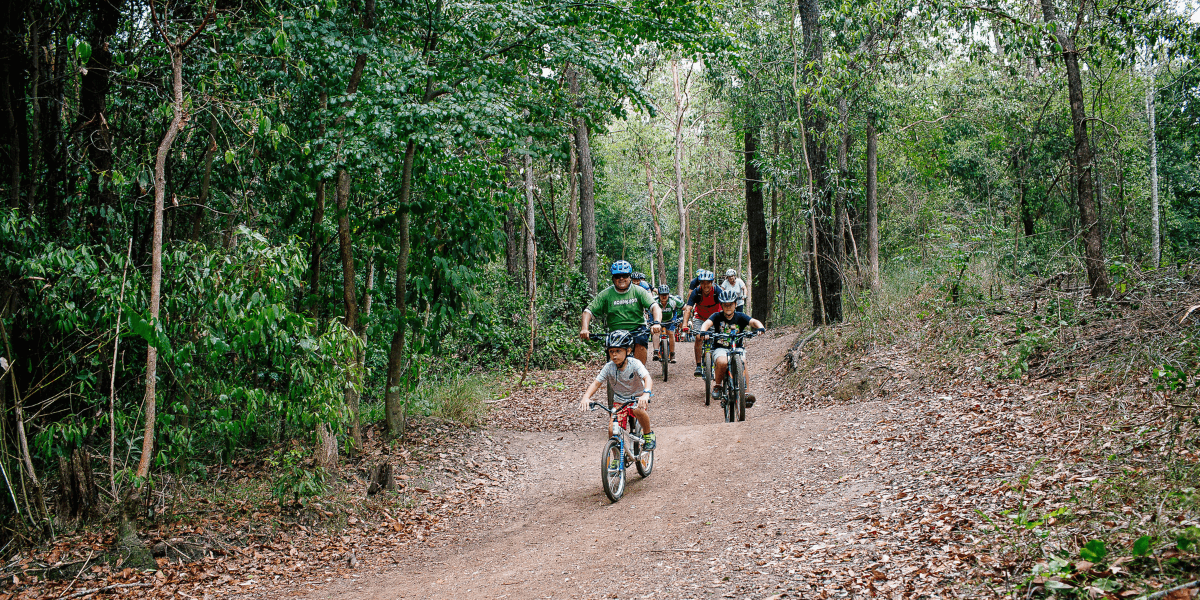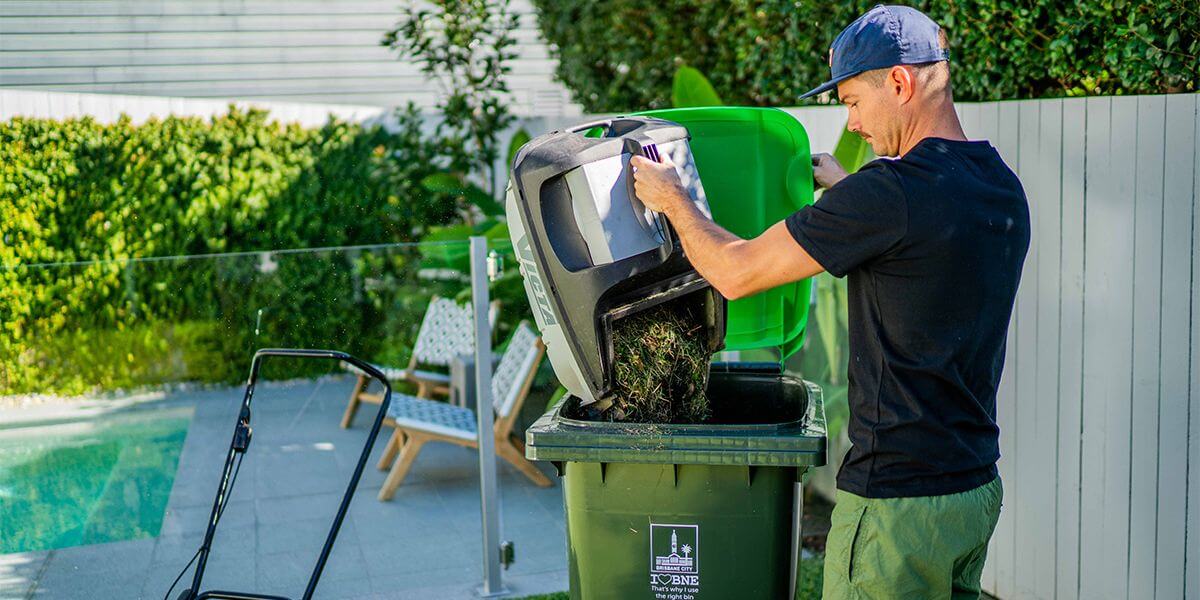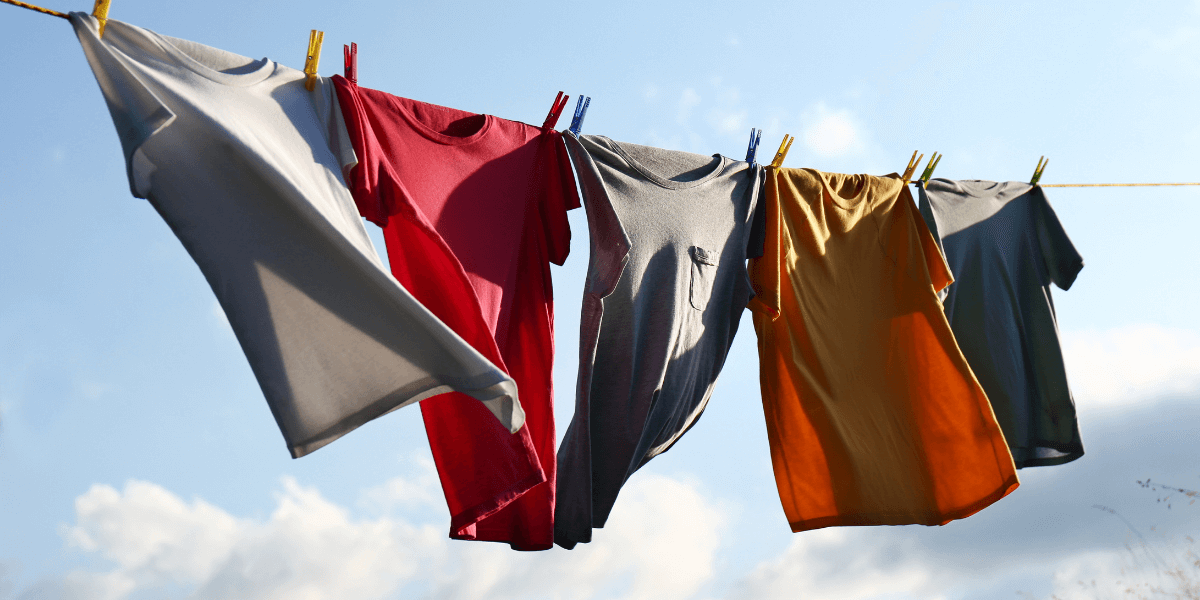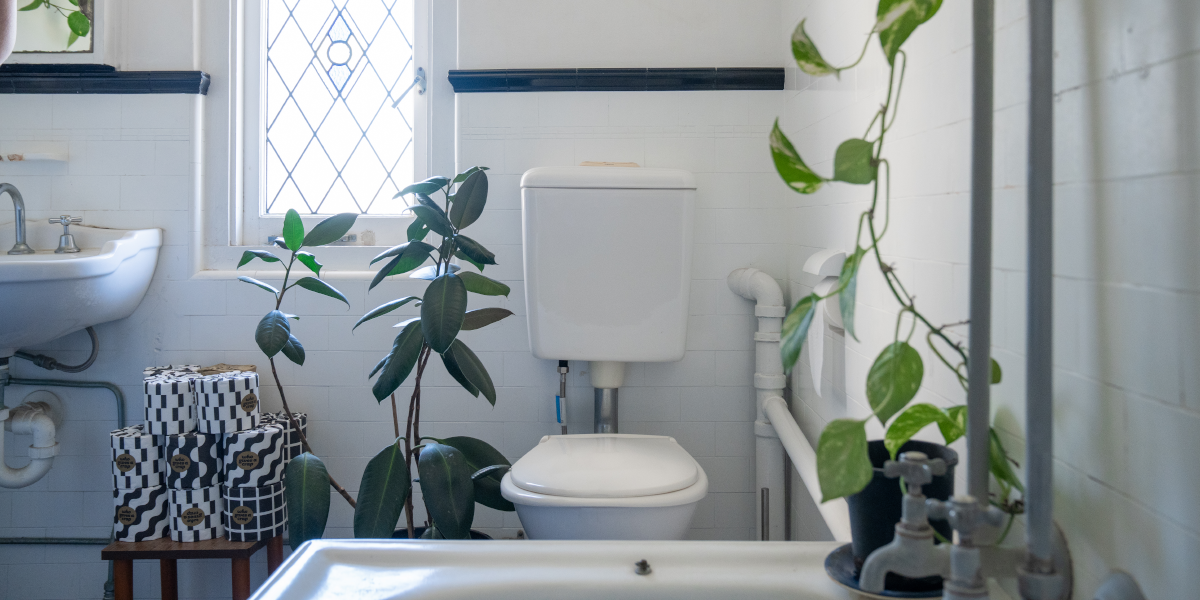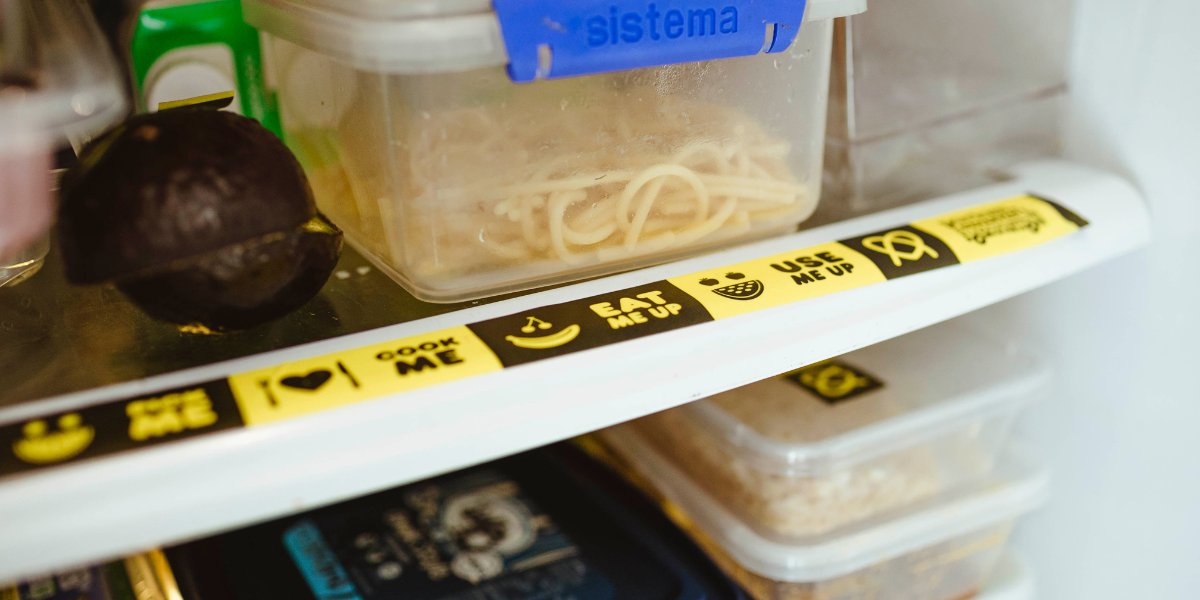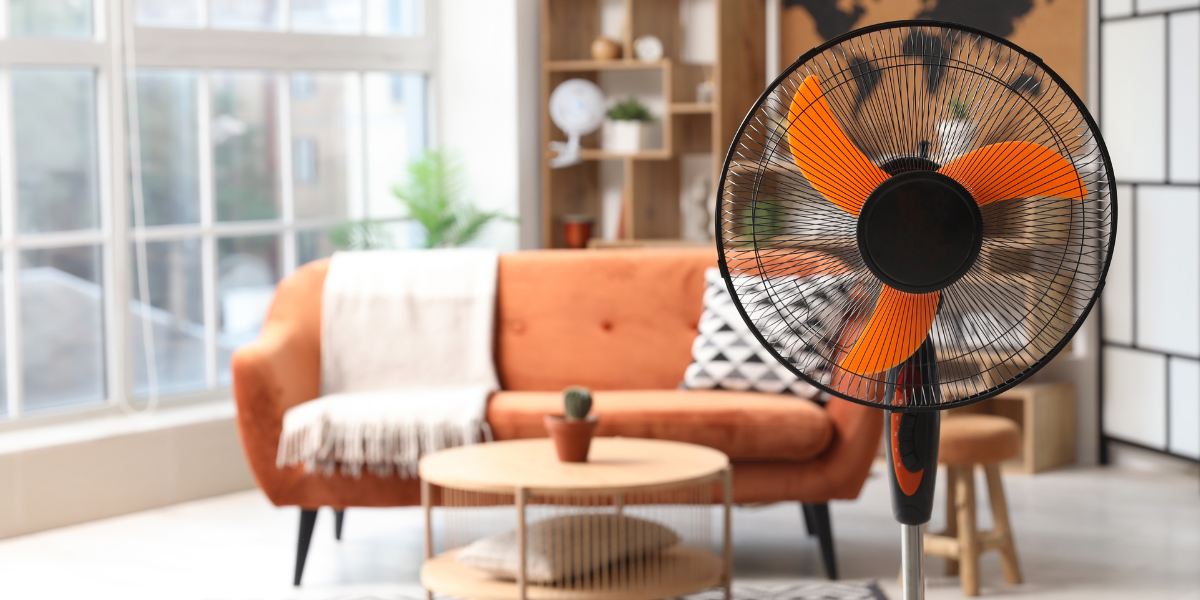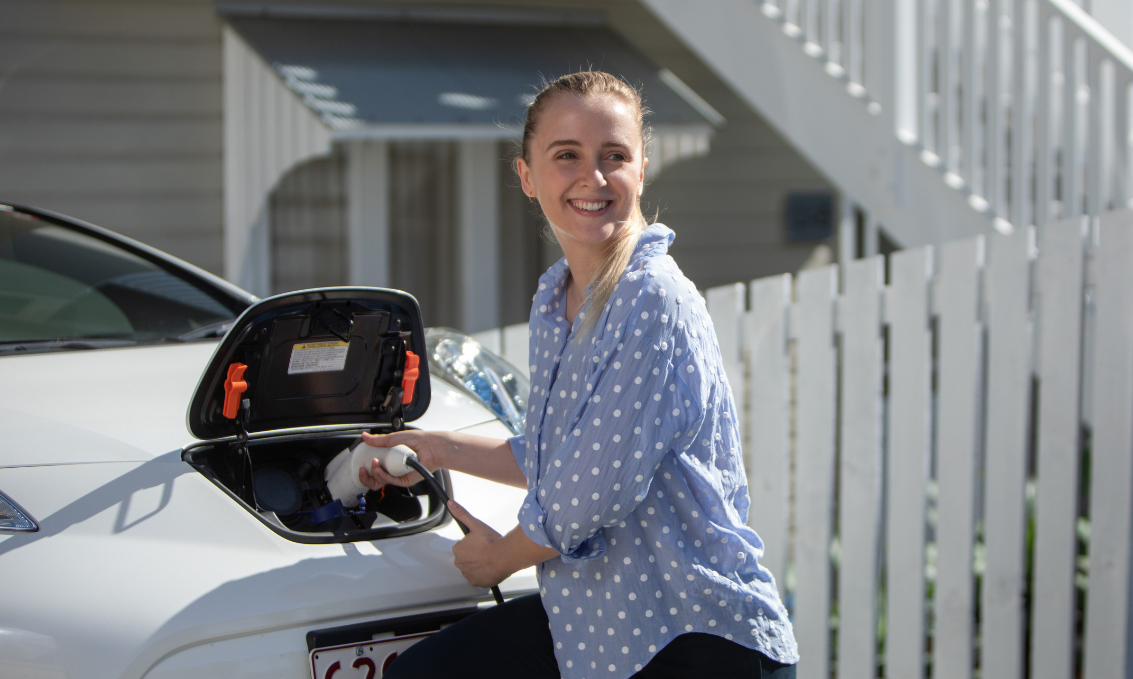REDUCE EMISSIONS, SAVE ENERGY
Stay warm in winter without breaking the bank
It’s no secret that due to current energy prices, households all over Brisbane are nervously awaiting their electricity bill. Sam Mullen looks at some no-cost and low-cost solutions to stay warm in winter, save energy and lower your electricity bill.
Well, Brisbane, we’re in a quite a conundrum (or coldnundrum… if you will). We’ve got record-low temperatures happening at the same time as record-high gas and energy prices. So heating is becoming more necessary and more expensive at the same time – talk about a catch 22!
Not only does this hurt our wallets but if you’re not hooked up to solar (with batteries) or on a 100% GreenPower plan, excessive use of energy can result in high household carbon emissions, making it more difficult to play our part in minimising the effects of climate change. In fact, did you know that 47% of the average Brisbane household’s carbon emission come from home energy use?
However, it’s not all doom and gloom. The Brisbane Carbon Challenge can estimate your household carbon footprint, compare you to the Brisbane average and give you tips and resources to help lower your household carbon emissions from home energy, transport, and waste. Many of these low-carbon actions can also help reduce your electricity bill. Read on for a few quick tips to help you keep the inside temperature high and your bills low
Budget-friendly tips to save energy
Window coverings
Didn’t think curtains or blinds could keep you warm? Well think again. As your home sits in the sun during the day and heats up, your walls can do an effective job of trapping that heat in during the night when it’s cooler. However, your windows can release up to 40% of this heat as they do not possess the thermal mass or insulation that walls do. So effective window coverings can help trap that heat in. Try closing your blinds and windows just before the temperature drops around sunset.
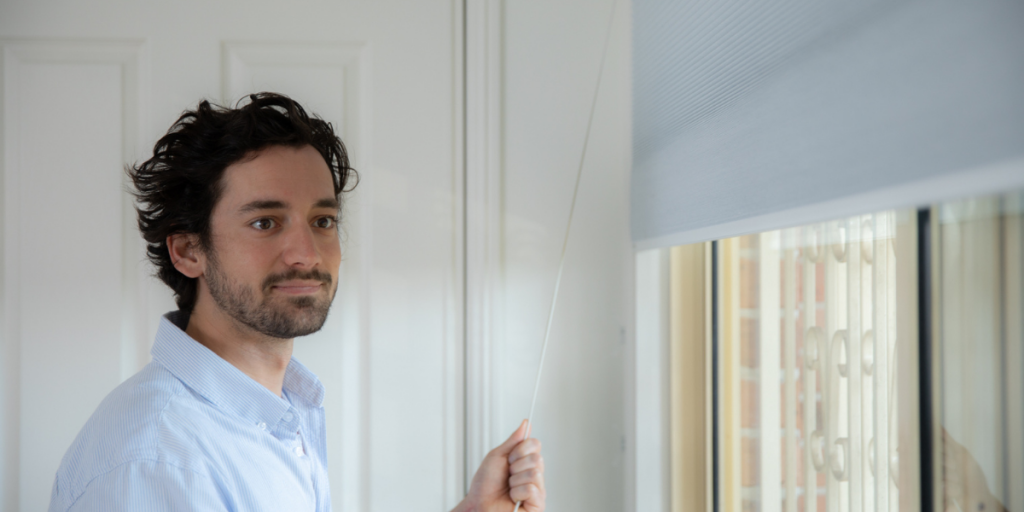
If you want to take it to the next level, it might be worth investing in window coverings specifically designed to keep heat in during winter and out during summer. It’s always good to shop around for a product that suits your home and budget but as a starting point, Norman Australia did a study on their Honeycomb Shades which found that using the blinds resulted in a 32.9% reduction in reverse cycle AC loading and a 64.3% reduction in heat loss!
Draught-proofing
So now you’ve stopped the heat getting out, what about the cold coming in? Air leakage in and out of your home is responsible for 15% – 25% of building heat loss in winter.
If your windows are sealed correctly, the biggest way for your home to get draughty is by wind coming through in the gap under your external doors. Draught proof your doors with easy-to-apply rubber seals that retail for anywhere between $5 and $50 from most hardware stores. Alternatively, check out this tutorial on how to make draught-stoppers from recycled socks!
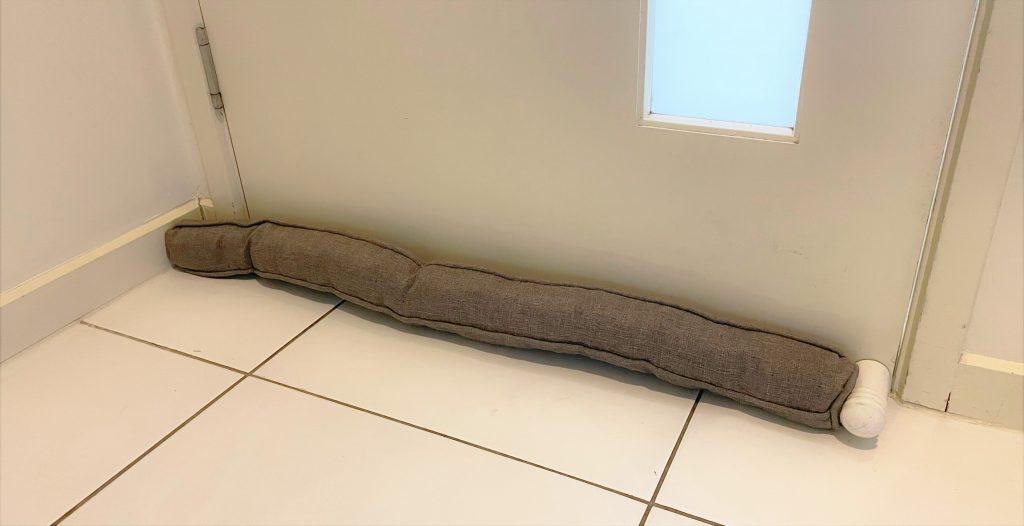
Alexandra Shepherd took the Brisbane Carbon Challenge in 2021 and managed to lower the carbon footprint of her sharehouse apartment by an impressive 56%. A large majority of this reduction came from a focus on energy and for Alexandra, draught-stopping played a large part in her low-carbon successes.
“Seal your home. This seems expensive but it cost about $30 to buy everything and now my home is cooler in summer… and warmer in winter.”
Alexandra Shepherd, champion household.
Layering
This one’s pretty simple: layer up! It’s the easiest way to stay cosy and warm during those cool nights. Whether you’re opting for fleece pyjama’s, a soft blanket, a hoddie, a snuggie or an oodie, the options are endless.
Remember, body heat disproportionally escapes from your hands and feet so socks and gloves are your friend!
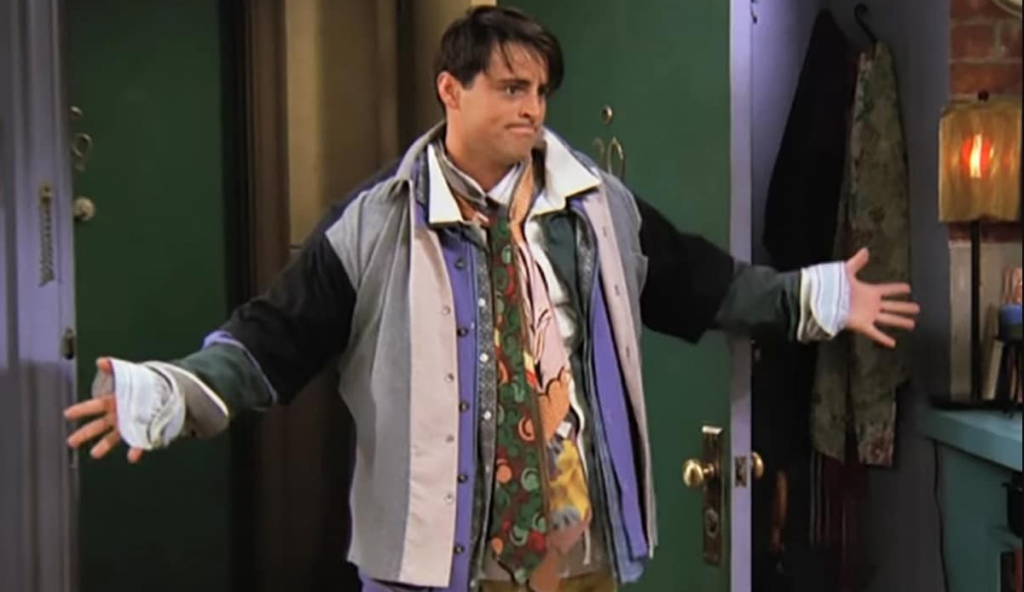
Be smart with your heating
There are smart, simple actions you can take when using your air-conditioning or heating that will help minimise your emissions and lower your bills. The trick is temperature, timing and maintenance.
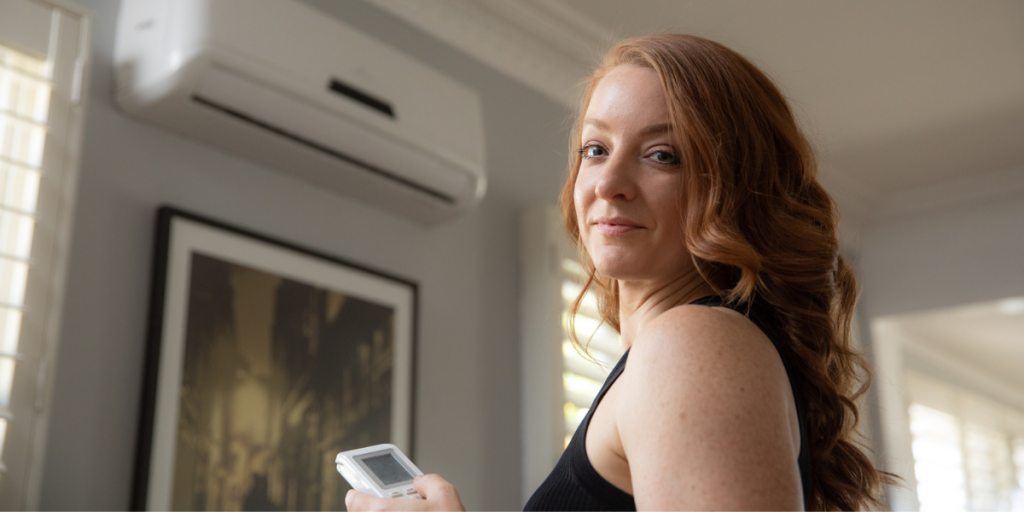
Every degree that your inside temperature is further away from the outside temperature, your energy consumption increases by 10%. So if it’s 15 degrees outside and you change your heating from 20 degrees to 21 degrees, your electricity usage will go up by 10%. As a rule of thumb a great way to save energy is to keep your heating between 18 and 20 degrees in winter.
Don’t be afraid to use your timer to control how long your heating is on and ensure that it’s not kept on throughout the night or accidentally left on if you leave the house.
Lastly, you may not be getting the most out of your heating if your air-conditioning unit hasn’t been serviced or cleaned properly. Give your aircon vents a good wipe-down with a damp cloth and every couple of months open it up and clean the dust filters in the machine. If you’ve got ducted AC there are many professional cleaning services that can ensure your system is running smoothly. For more information, check out this useful guide to cleaning your aircon unit.
Remember, less energy = less emissions
When looking at household bills, electricity can certainly climb up there and be the most costly. But when it comes to household carbon emissions, it’s good to also think about your emissions from transport and waste, not just on saving energy.
Living a low-carbon life may be easier than you think. Don’t believe us? We worked with 18 champion households across Brisbane who took the Brisbane Carbon Challenge and reduced their carbon footprint by 55% on average! Read about their experiences for inspiration on how to lower your carbon footprint no matter what lifestyle or budget.
The author

Sam Mullen
Sam is a sustainability specialist at Brisbane Sustainability Agency and enjoys helping residents and community groups understand and reduce their climate impact while also promoting a circular economy.

